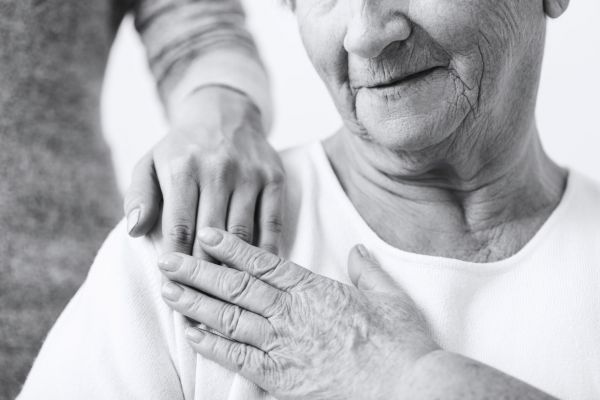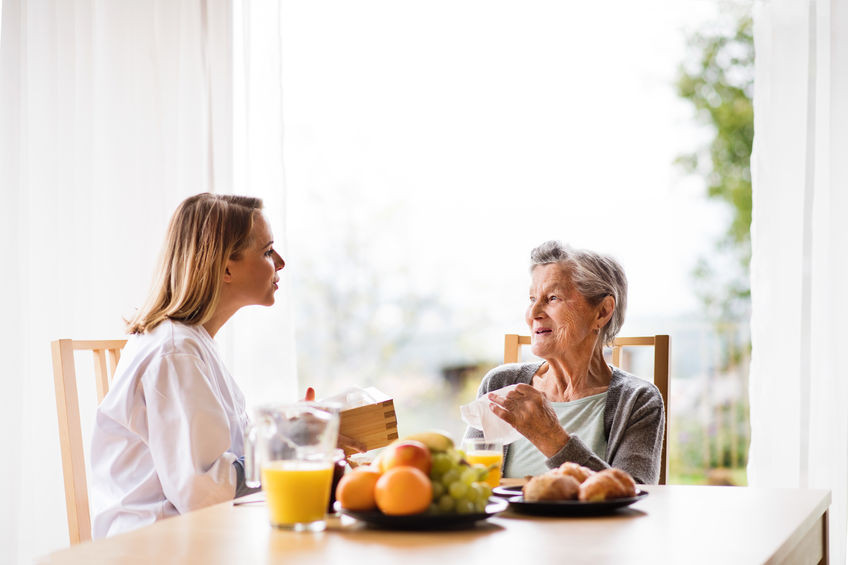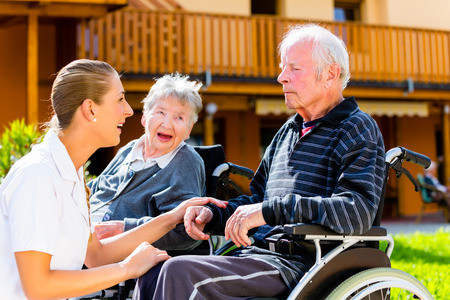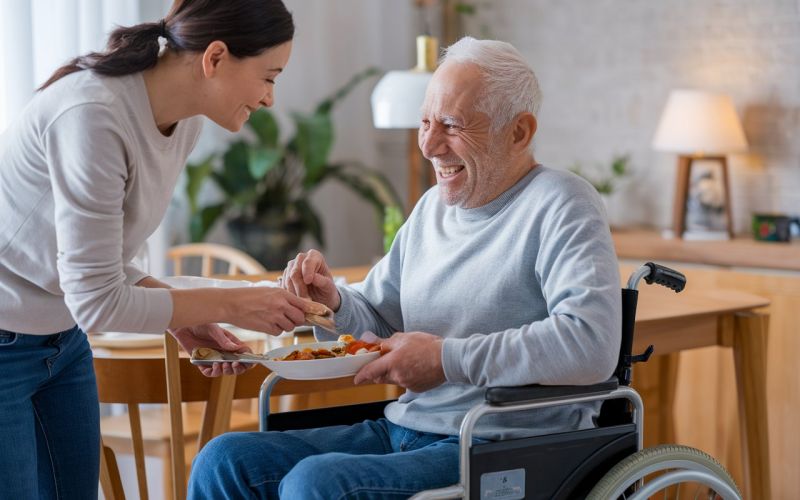Creating a Safe and Comfortable Environment for Elderly Patients: A Guide to Optimal Care
iSavta | 28.01.2024
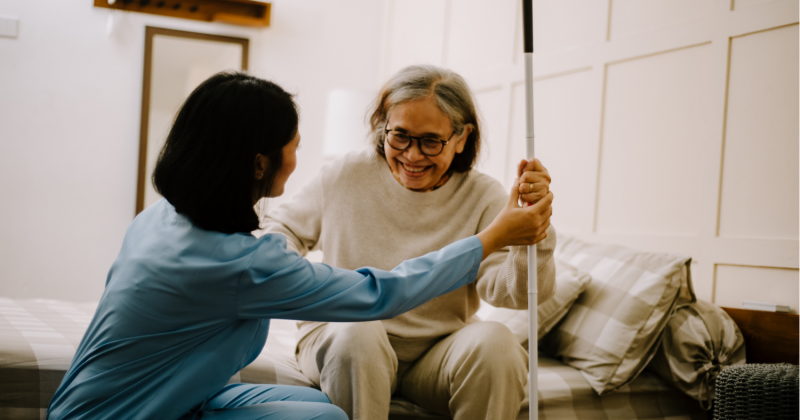
When it comes to caring for elderly patients, creating a safe and comfortable environment is crucial. As we age, our physical and cognitive abilities may decline, making us more vulnerable to accidents and discomfort. Therefore, it is essential to establish an environment that promotes safety, enhances well-being, and maximizes independence for elderly individuals. In this article, we will discuss some key strategies to help create such an environment for elderly patients.
Enhance Accessibility:
Improving accessibility is a fundamental aspect of creating a safe and comfortable environment for elderly patients. Consider the following modifications to support their mobility:
a) Install grab bars: In bathrooms and near beds, install grab bars to provide stability and support during movement.
b) Clear pathways: Ensure that hallways, doorways, and living areas are free from clutter, loose rugs, and other obstacles that could pose a tripping hazard.
c) Adequate lighting: Proper illumination is vital to prevent falls. Ensure that all areas are well-lit, especially during the night.
Promote Fall Prevention:
Falls are a leading cause of injuries among elderly individuals. Take proactive steps to minimize fall risks:
a) Non-slip surfaces: Use non-slip mats or rugs in bathrooms and showers to reduce the risk of slipping.
b) Secure loose carpets: Secure loose carpets or remove them altogether to prevent tripping.
c) Assistive devices: Encourage the use of assistive devices such as canes or walkers, and ensure they are in good condition.
d) Regular exercise: Promote exercises that improve strength, balance, and coordination to reduce the likelihood of falls.
Optimize Medication Management:
Elderly patients often require multiple medications, and mismanagement can lead to adverse effects. Follow these guidelines to ensure medication safety:
a) Organize medications: Use pill organizers or medication management apps to help patients keep track of their medication schedules.
b) Regularly review medications: Periodically review the medication regimen with healthcare professionals to avoid potential interactions or unnecessary prescriptions.
c) Educate patients: Explain medication usage and potential side effects to elderly patients to empower them in managing their own health.
Create a Calming Environment:
Providing a calm and soothing atmosphere can significantly contribute to the well-being of elderly patients:
a) Noise reduction: Minimize unnecessary noise by using sound-absorbing materials, closing windows, and using curtains or blinds to block external sounds.
b) Personalize spaces: Encourage patients to bring personal items such as photos, artwork, or familiar belongings to create a sense of familiarity and comfort.
c) Natural elements: Incorporate natural elements like plants or a small garden area to enhance the ambiance and promote relaxation.
Foster Social Connections:
Loneliness and social isolation can have detrimental effects on elderly individuals. Encourage social interactions to enhance their mental and emotional well-being:
a) Arrange social activities: Plan group activities, games, or outings to stimulate social engagement and foster connections among patients.
b) Family involvement: Encourage regular visits from family members and involve them in the care plan to provide emotional support.
c) Volunteer programs: Explore opportunities for elderly patients to engage in volunteer work or mentoring programs to maintain a sense of purpose and social connection.
Conclusion:
Creating a safe and comfortable environment for elderly patients is essential for their overall well-being and quality of life. By implementing the strategies mentioned above, caregivers, healthcare professionals, and family members can significantly improve the safety and comfort of elderly patients. These simple yet effective steps can promote independence, reduce the risk of accidents, and enhance the overall experience of aging individuals. Let us strive to create environments that prioritize the dignity and well-being of our elderly loved ones.






